Marc Gauger
ESPARGOS: An Ultra Low-Cost, Realtime-Capable Multi-Antenna WiFi Channel Sounder
Feb 13, 2025Abstract:Multi-antenna channel sounding is a technique for measuring the propagation characteristics of electromagnetic waves that is commonly employed for parameterizing channel models. Channel sounders are usually custom-built from many Software Defined Radio receivers, making them expensive to procure and difficult to operate, which constrains the set of users to a few specialized scientific institutions and industrial research laboratories. Recent developments in Joint Communications and Sensing (JCaS) extend the possible uses of channel data to applications like human activity recognition, human presence detection, user localization and wireless Channel Charting, all of which are of great interest to security researchers, experts in industrial automation and others. However, due to a lack of affordable, easy-to-use and commercially available multi-antenna channel sounders, those scientific communities can be hindered by their lack of access to wireless channel measurements. To lower the barrier to entry for channel sounding, we develop an ultra low-cost measurement hardware platform based on mass-produced WiFi chips, which is easily affordable to research groups and even hobbyists.
Deep Learning Based Adaptive Joint mmWave Beam Alignment
Jan 24, 2024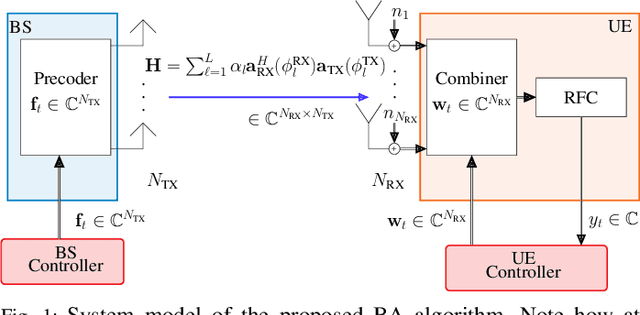
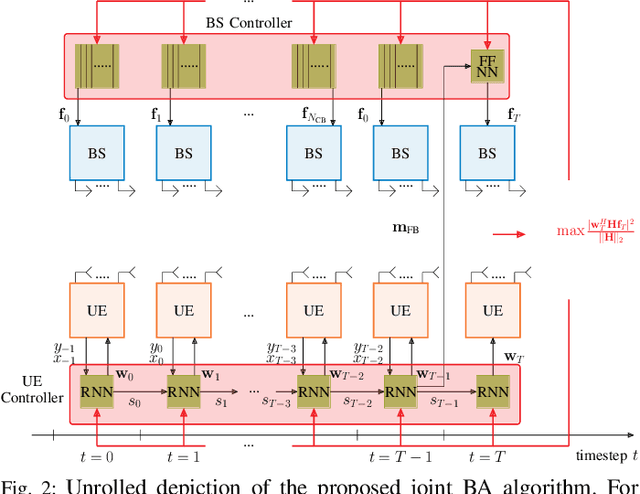
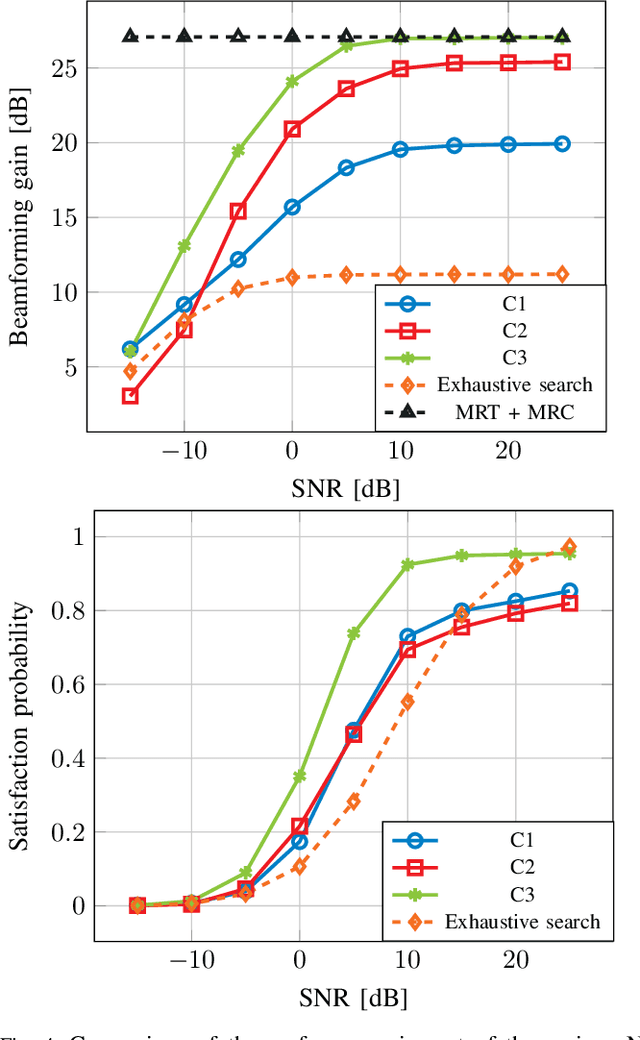
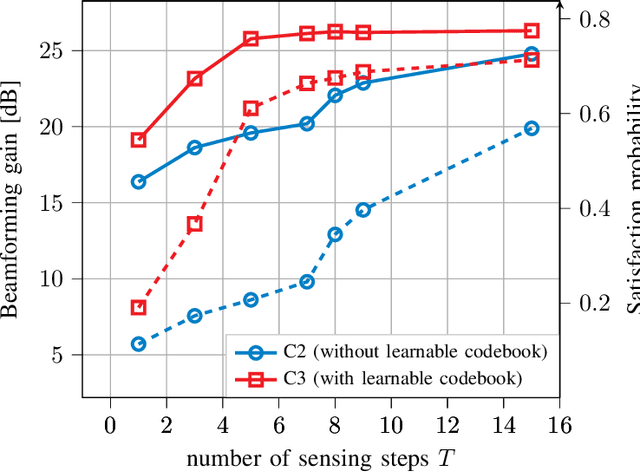
Abstract:The challenging propagation environment, combined with the hardware limitations of mmWave systems, gives rise to the need for accurate initial access beam alignment strategies with low latency and high achievable beamforming gain. Much of the recent work in this area either focuses on one-sided beam alignment, or, joint beam alignment methods where both sides of the link perform a sequence of fixed channel probing steps. Codebook-based non-adaptive beam alignment schemes have the potential to allow multiple user equipment (UE) to perform initial access beam alignment in parallel whereas adaptive schemes are favourable in achievable beamforming gain. This work introduces a novel deep learning based joint beam alignment scheme that aims to combine the benefits of adaptive, codebook-free beam alignment at the UE side with the advantages of a codebook-sweep based scheme at the base station. The proposed end-to-end trainable scheme is compatible with current cellular standard signaling and can be readily integrated into the standard without requiring significant changes to it. Extensive simulations demonstrate superior performance of the proposed approach over purely codebook-based ones.
Deep Reinforcement Learning for mmWave Initial Beam Alignment
Feb 17, 2023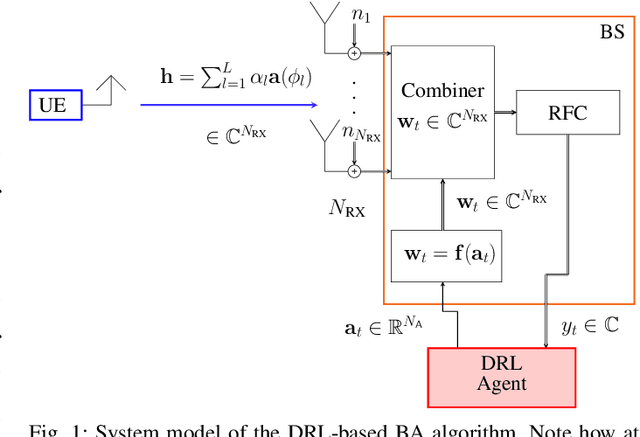
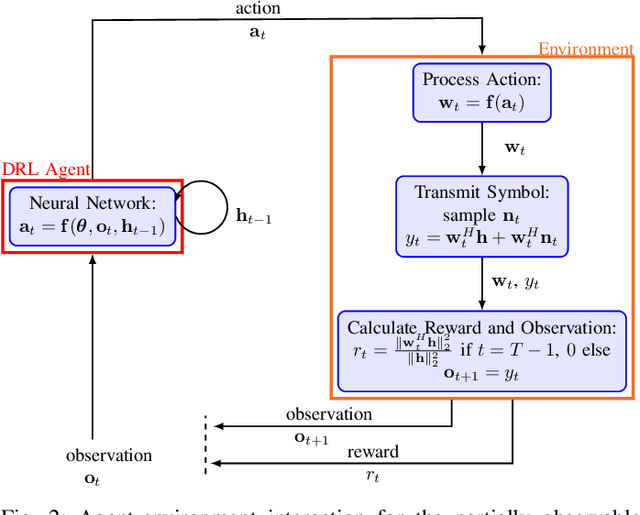
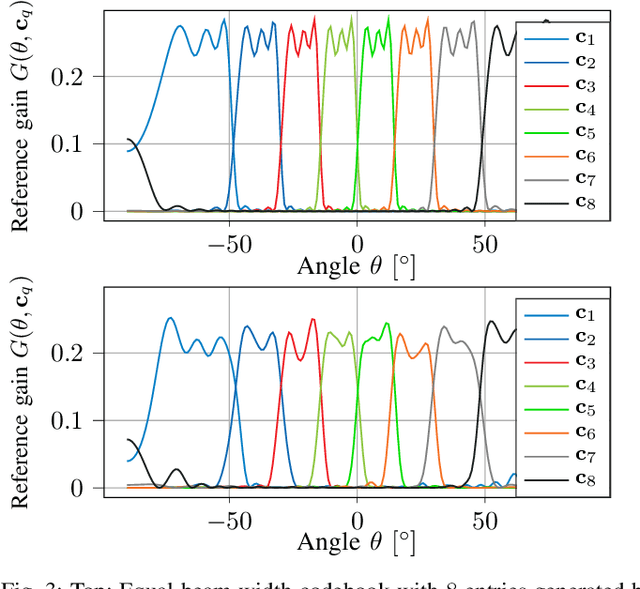
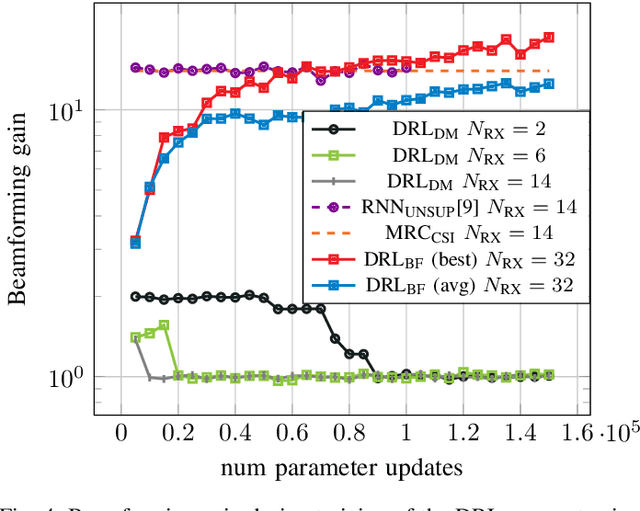
Abstract:We investigate the applicability of deep reinforcement learning algorithms to the adaptive initial access beam alignment problem for mmWave communications using the state-of-the-art proximal policy optimization algorithm as an example. In comparison to recent unsupervised learning based approaches developed to tackle this problem, deep reinforcement learning has the potential to address a new and wider range of applications, since, in principle, no (differentiable) model of the channel and/or the whole system is required for training, and only agent-environment interactions are necessary to learn an algorithm (be it online or using a recorded dataset). We show that, although the chosen off-the-shelf deep reinforcement learning agent fails to perform well when trained on realistic problem sizes, introducing action space shaping in the form of beamforming modules vastly improves the performance, without sacrificing much generalizability. Using this add-on, the agent is able to deliver competitive performance to various state-of-the-art methods on simulated environments, even under realistic problem sizes. This demonstrates that through well-directed modification, deep reinforcement learning may have a chance to compete with other approaches in this area, opening up many straightforward extensions to other/similar scenarios.
Deep Learning for Uplink CSI-based Downlink Precoding in FDD massive MIMO Evaluated on Indoor Measurements
Sep 22, 2022



Abstract:When operating massive multiple-input multiple-output (MIMO) systems with uplink (UL) and downlink (DL) channels at different frequencies (frequency division duplex (FDD) operation), acquisition of channel state information (CSI) for downlink precoding is a major challenge. Since, barring transceiver impairments, both UL and DL CSI are determined by the physical environment surrounding transmitter and receiver, it stands to reason that, for a static environment, a mapping from UL CSI to DL CSI may exist. First, we propose to use various neural network (NN)-based approaches that learn this mapping and provide baselines using classical signal processing. Second, we introduce a scheme to evaluate the performance and quality of generalization of all approaches, distinguishing between known and previously unseen physical locations. Third, we evaluate all approaches on a real-world indoor dataset collected with a 32-antenna channel sounder.
A Distributed Massive MIMO Channel Sounder for "Big CSI Data"-driven Machine Learning
Jun 30, 2022



Abstract:A distributed massive MIMO channel sounder for acquiring large CSI datasets, dubbed DICHASUS, is presented. The measured data has potential applications in the study of various machine learning algorithms for user localization, JCAS, channel charting, enabling massive MIMO in FDD operation, and many others. The proposed channel sounder architecture is distinct from similar previous designs in that each individual single-antenna receiver is completely autonomous, enabling arbitrary, spatially distributed antenna deployments, and offering virtually unlimited scalability in the number of antennas. Optionally, extracted channel coefficient vectors can be tagged with ground truth position data, obtained either through a GNSS receiver (for outdoor operation) or through various indoor positioning techniques.
Improving Triplet-Based Channel Charting on Distributed Massive MIMO Measurements
Jun 20, 2022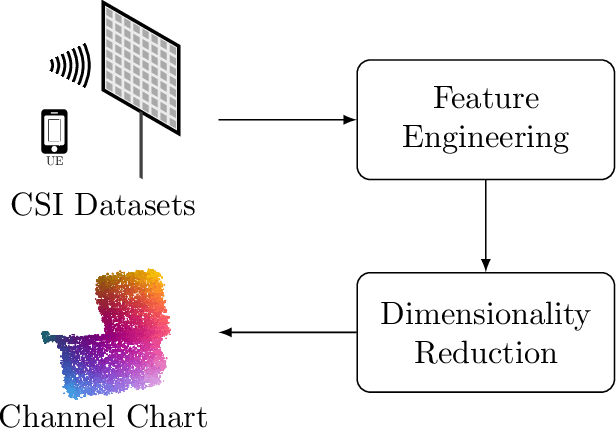
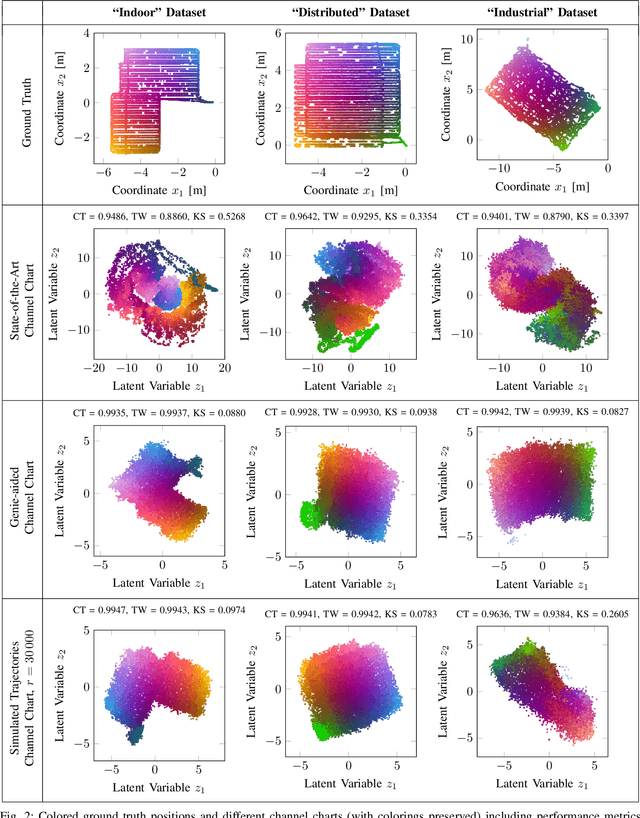
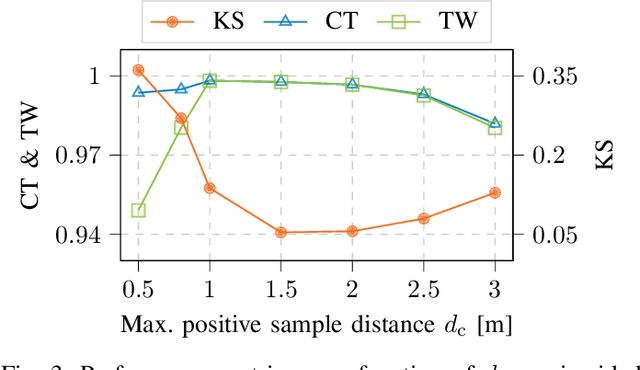

Abstract:The objective of channel charting is to learn a virtual map of the radio environment from high-dimensional CSI that is acquired by a multi-antenna wireless system. Since, in static environments, CSI is a function of the transmitter location, a mapping from CSI to channel chart coordinates can be learned in a self-supervised manner using dimensionality reduction techniques. The state-of-the-art triplet-based approach is evaluated on multiple datasets measured by a distributed massive MIMO channel sounder, with both co-located and distributed antenna setups. The importance of suitable triplet selection is investigated by comparing results to channel charts learned from a genie-aided triplet generator and learned from triplets on simulated trajectories through measured data. Finally, the transferability of learned forward charting functions to similar, but different radio environments is explored.
Channel Sounder with Over-the-Air Antenna Synchronization: Absolute Phase and Timing Calibration Using Known Transmitter Locations
Jun 13, 2022



Abstract:Synchronization of transceiver chains is a major challenge in the practical realization of massive MIMO and especially distributed massive MIMO. While frequency synchronization is comparatively easy to achieve, estimating the carrier phase and sampling time offsets of individual transceivers is challenging. However, under the assumption of phase and time offsets that are constant over some duration and knowing the positions of several transmit and receive antennas, it is possible to estimate and compensate for these offsets even in scattering environments with multipath propagation components. The resulting phase and time calibration is a prerequisite for applying classical antenna array processing methods to massive MIMO arrays and for transferring machine learning models either between simulation and deployment or from one radio environment to another. Algorithms for phase and time offset estimation are presented and several investigations on large datasets generated by an over-the-air-synchronized channel sounder are carried out.
 Add to Chrome
Add to Chrome Add to Firefox
Add to Firefox Add to Edge
Add to Edge